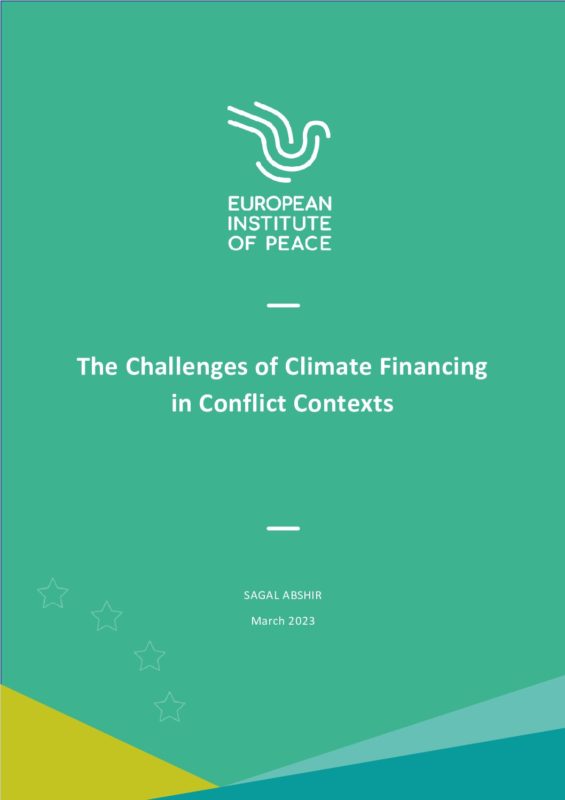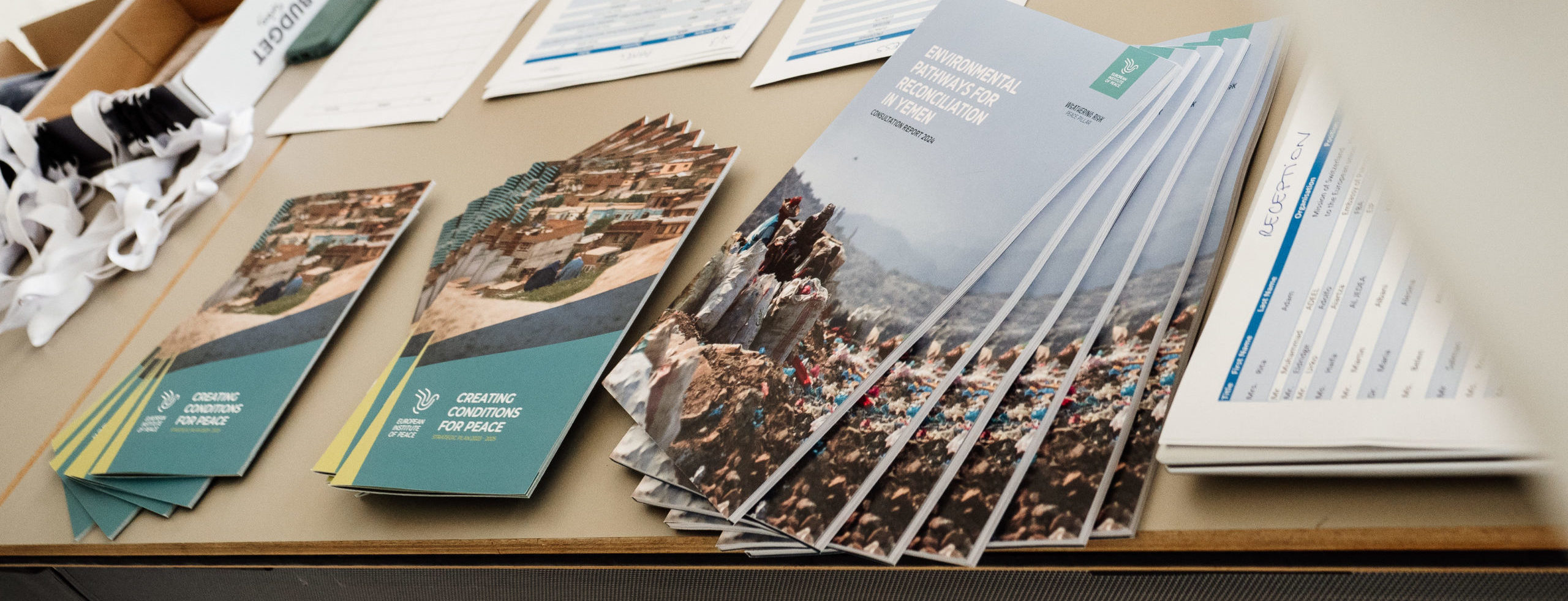The Challenges of Climate Financing in Conflict Contexts

The “Challenges of climate finance in conflict contexts” is a paper by Sagal Abshir, senior advisor to the Environmental Peacemaking Project in Somalia, supported by the Norwegian Ministry of Foreign Affairs.
Amidst a general global underfunding of climate action, fragile and conflict-affected states struggle to secure climate financing. This is the case even for countries where climate change exacerbates the impact of chronic war and poverty.
Although the funding gap is known, climate finance flows are scarce and scattered to fragile and conflict-affected to adapt and mitigate lag behind what has been promised and what is needed. In the cases of Somalia and Yemen, which are highly vulnerable to climate impacts, it averaged only USD 2 per capita. More generally, the total annual global flows of climate-related finance averaged a little over USD 600B in 2019-2020 – only a third of the IPCC’s estimate of funding required to reach our climate targets – from which only 10 per cent is directed to climate adaptation.
The challenges in preparing communities and governments in fragile and conflict-affected states for climate impacts call for a new imagination, new mechanisms, and mobilizing political commitment to ensure climate financing flows help people in these countries respond to climate risks.
Other solutions are on the horizon: well-designed climate action can serve as an opportunity to consolidate peace. Lessons learned from pilot climate responses in war-torn countries demonstrated that climate adaptation could contribute to conflict prevention and resolution efforts, such as in the case of Sudan and Nepal.
In this paper, Sagal Abshir explores the status of climate finance for the extremely fragile and climate-vulnerable countries of Somalia and Yemen. The author reviews the global climate financing landscape and some challenges of deploying climate financing resources in these contexts. Using Somalia and Yemen as case studies, the paper will take a closer look at how these two countries have fared; and conclude with some reflections and recommendations.

